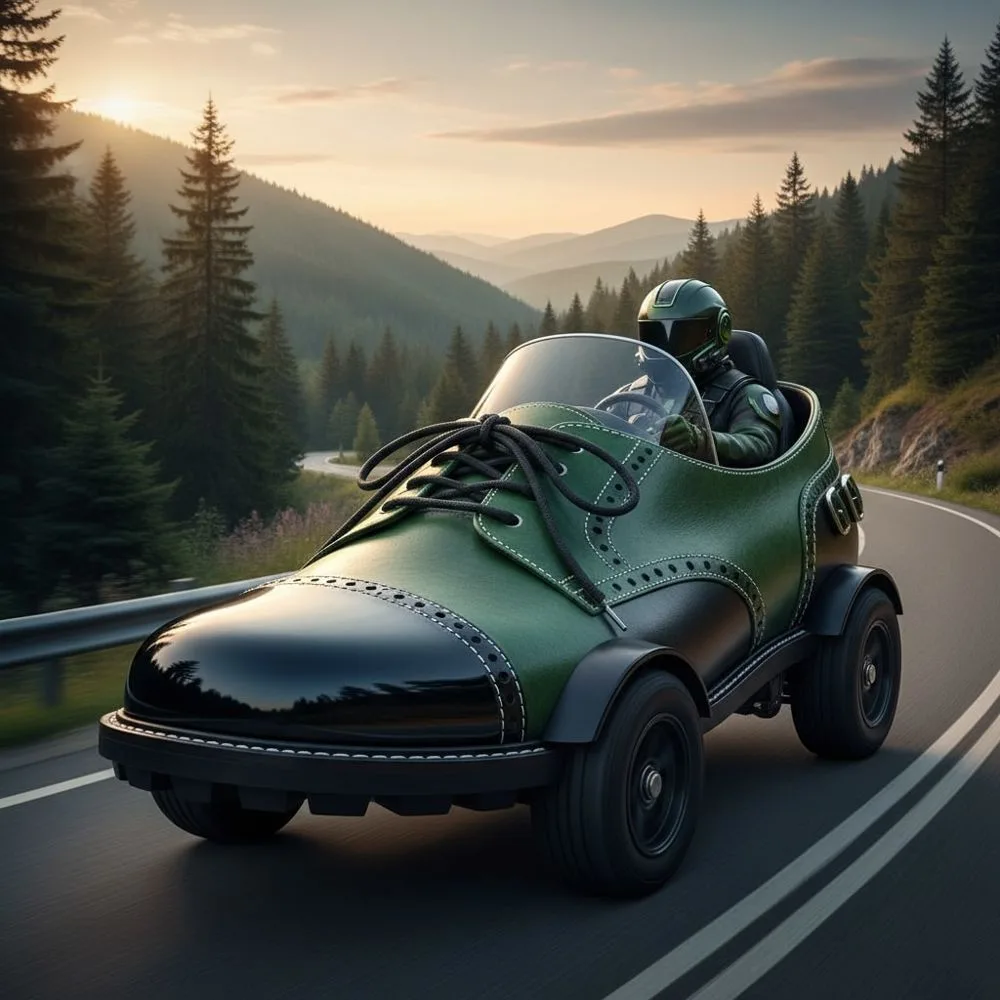The automotive world has always been a playground for creativity and innovation, but few concepts capture the imagination quite like shoe shaped cars. These unique vehicles represent a fascinating intersection of fashion, marketing genius, and automotive engineering that continues to turn heads on roads and at exhibitions worldwide. From vintage promotional vehicles to modern artistic statements, shoe shaped cars have carved out their own special niche in automotive history.
The Origins and Evolution of Shoe Shaped Cars
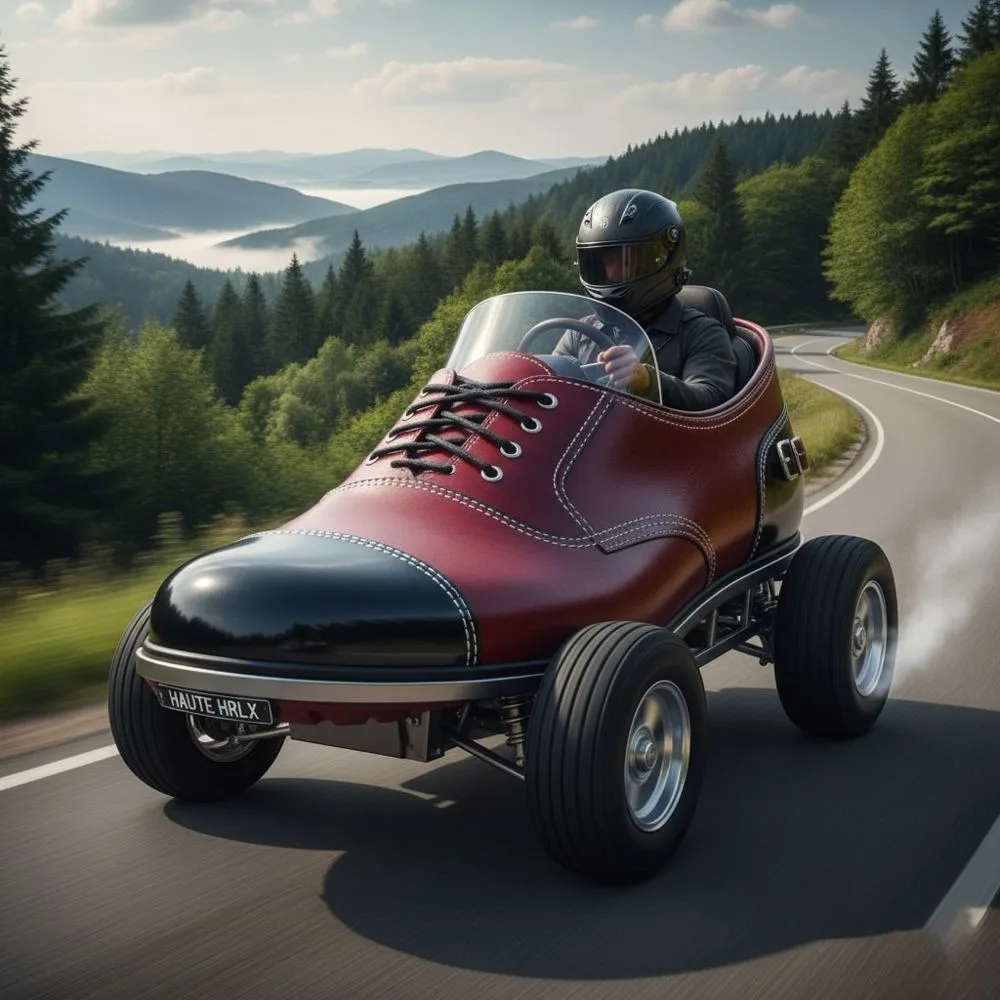
The concept of shoe shaped cars emerged during the early to mid 20th century when creative marketers and automotive enthusiasts began experimenting with unconventional vehicle designs. These distinctive automobiles served multiple purposes, functioning as promotional tools, artistic expressions, and conversation starters that challenged traditional automotive aesthetics.
The first documented shoe shaped cars appeared in the 1930s and 1940s, primarily as promotional vehicles for shoe companies and novelty attractions at fairs and exhibitions. These early examples demonstrated that automotive design could extend far beyond conventional boundaries, incorporating everyday objects and familiar shapes into functional vehicles.
Early Pioneers in Novelty Vehicle Design
During the post World War II era, American car culture embraced creativity and individualism, providing fertile ground for unconventional automotive designs. Shoe shaped cars emerged alongside other novelty vehicles, including hot dog cars, pickle cars, and various product shaped automobiles that served as mobile advertisements and tourist attractions.
The craftsmanship required to create these vehicles was considerable, involving skilled metalworkers, upholsterers, and mechanics who could transform abstract concepts into roadworthy automobiles. Each shoe shaped car represented a unique engineering challenge, requiring careful consideration of aerodynamics, weight distribution, and safety while maintaining the distinctive footwear aesthetic.
Famous Examples of Shoe Shaped Cars Throughout History
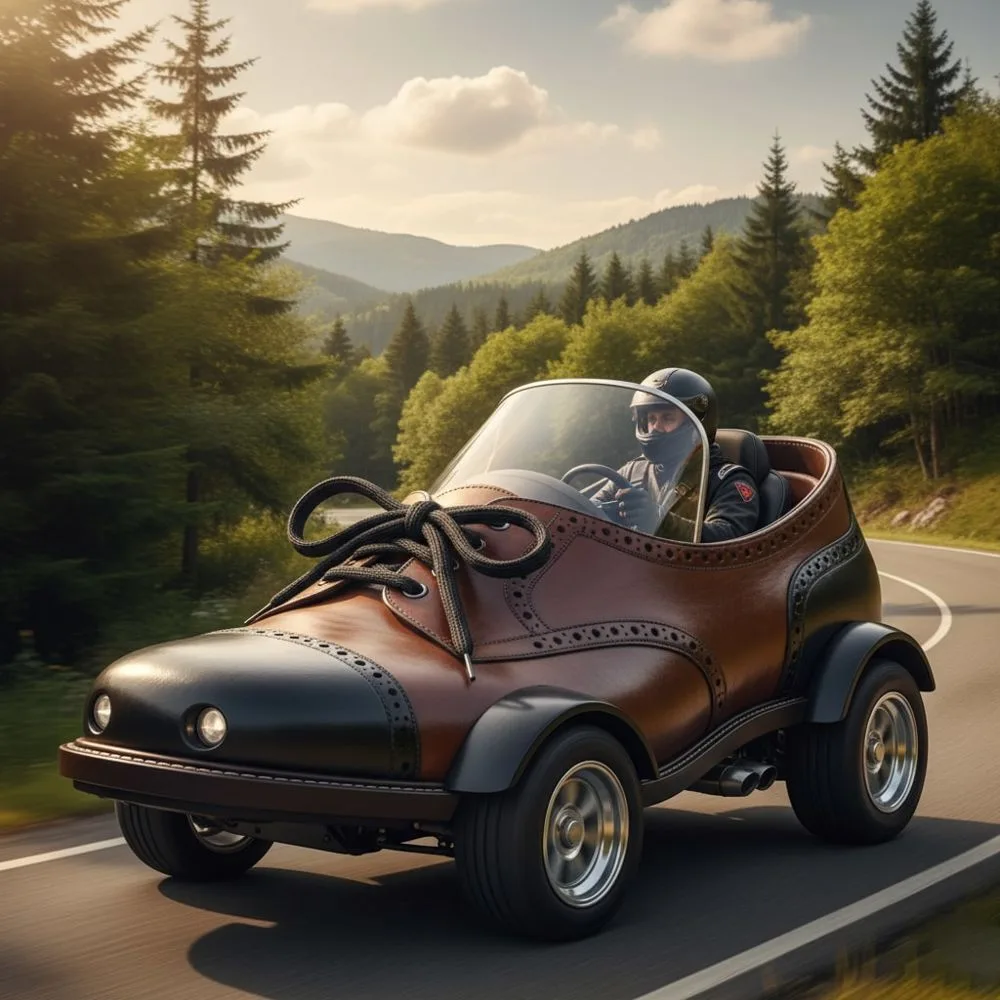
The L.L.Bean Boot Car
One of the most recognizable shoe shaped cars is the L.L.Bean boot car, which has become an iconic symbol of the Maine based outdoor retailer. This vehicle, designed to resemble the company’s famous duck boots, has served as a mobile marketing tool and brand ambassador for decades. The boot car features authentic leather styling, functional headlights integrated into the boot design, and custom interior elements that reflect the company’s outdoor heritage.
The success of the L.L.Bean boot car demonstrated the marketing potential of shoe shaped cars, inspiring other footwear companies to create their own unique promotional vehicles.
Converse All Star Sneaker Cars
The athletic footwear industry has also embraced shoe shaped cars as powerful marketing tools. Converse created several sneaker shaped vehicles to promote their iconic All Star basketball shoes, featuring oversized versions of their classic high top sneakers complete with rubber soles, canvas uppers, and distinctive star logos.
These Converse shoe shaped cars appeared at sporting events, music festivals, and promotional tours, creating memorable brand experiences for consumers while generating significant media attention and social media engagement.
Custom High Heel Car Designs
The fashion world has contributed to shoe shaped cars through elaborate high heel automobile designs. These vehicles typically feature elongated bodies that mimic the elegant curve of a stiletto heel, with custom paint jobs, luxurious interiors, and attention grabbing design elements that celebrate feminine fashion aesthetics.
High heel shaped cars have appeared in fashion shows, promotional events, and as artistic installations, demonstrating the versatility of shoe inspired automotive design.
The Engineering Challenges Behind Shoe Shaped Cars
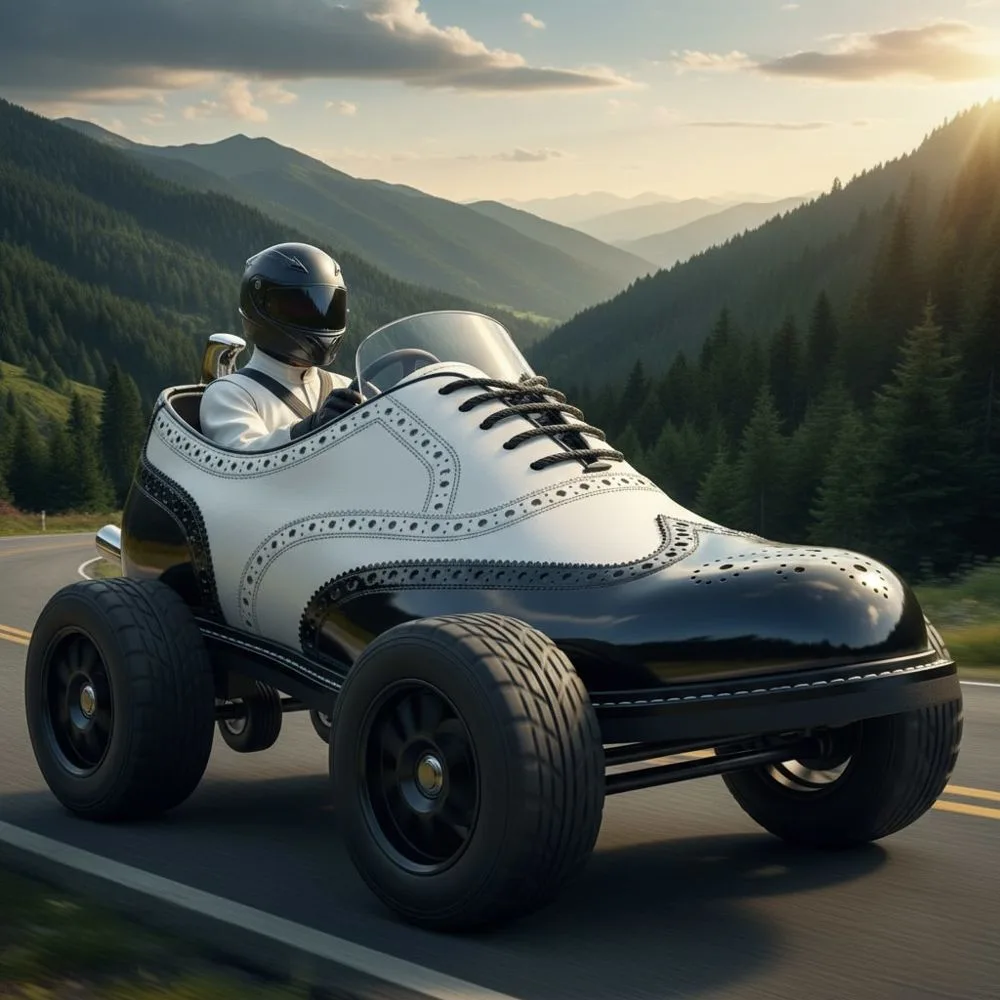
Creating functional shoe shaped cars presents unique engineering challenges that require innovative solutions and careful planning. Designers must balance aesthetic authenticity with practical automotive requirements, ensuring these vehicles remain safe and roadworthy while maintaining their distinctive footwear appearance.
Aerodynamics and Performance Considerations
Traditional automotive design prioritizes aerodynamic efficiency to optimize fuel consumption and performance. Shoe shaped cars, with their unconventional forms, present significant aerodynamic challenges that engineers must address through creative solutions.
The irregular shapes and protruding elements typical of footwear designs can create drag and instability at higher speeds. Engineers working on shoe shaped cars often incorporate hidden aerodynamic features, such as subtle air dams, carefully positioned spoilers, and streamlined undercarriages that improve performance without compromising the shoe aesthetic.
Structural Integrity and Safety
Ensuring structural integrity while maintaining the distinctive shoe shape requires innovative frame design and materials selection. Engineers must create robust chassis systems that can support the vehicle’s unique proportions while meeting safety standards and crash protection requirements.
Many shoe shaped cars utilize lightweight composite materials and strategic reinforcement to achieve the necessary strength while keeping weight within reasonable limits. Advanced welding techniques and custom fabrication methods are often employed to create seamless integration between functional automotive components and decorative shoe elements.
Interior Design and Ergonomics
The interior design of shoe shaped cars presents unique challenges related to passenger comfort and ergonomics. The irregular external shape of these vehicles can limit interior space and create unusual seating configurations that require creative solutions.
Successful shoe shaped cars often feature custom upholstery that complements the external shoe theme while providing adequate comfort and support. Interior designers working on these projects must balance thematic consistency with practical considerations such as visibility, accessibility, and climate control.
Modern Applications and Marketing Success Stories
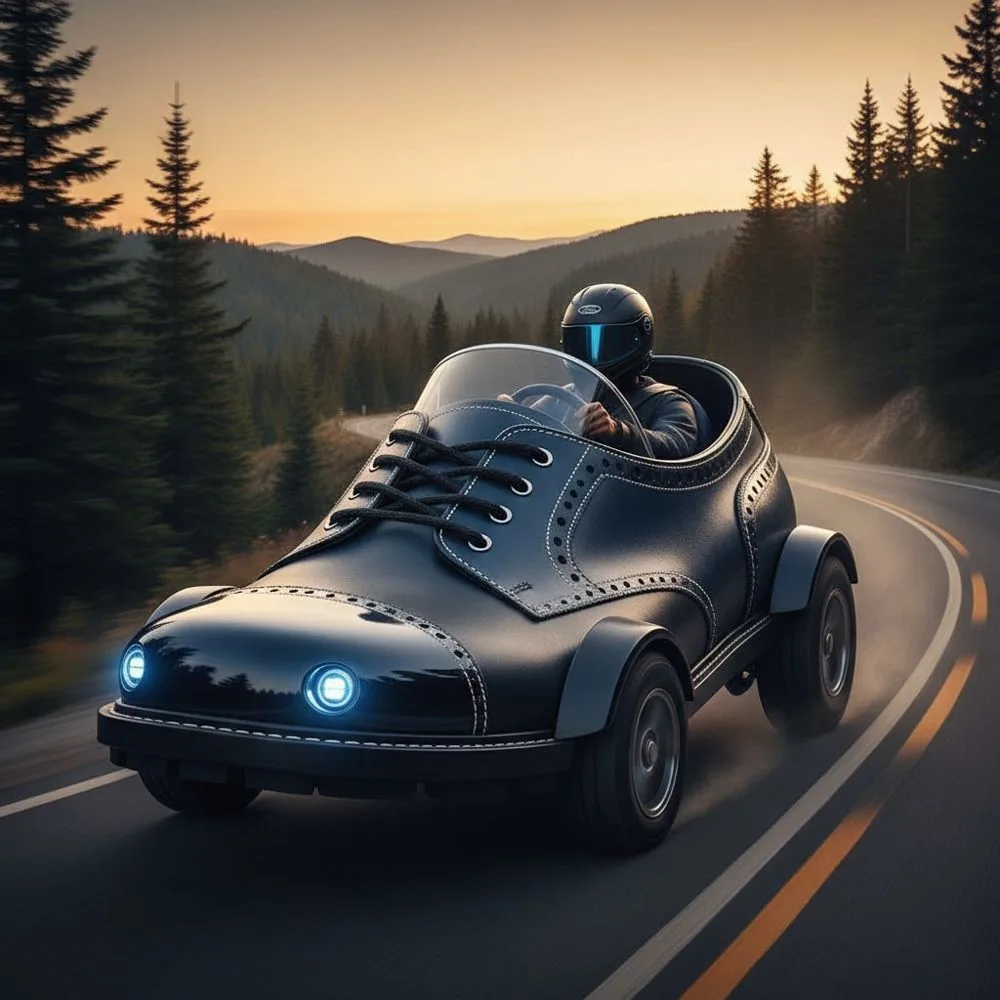
Contemporary shoe shaped cars have evolved beyond simple promotional tools to become sophisticated marketing platforms that leverage social media, experiential marketing, and brand storytelling to create powerful consumer connections.
Digital Age Marketing Strategies
Modern shoe shaped cars are designed with social media sharing in mind, featuring Instagram worthy design elements, interactive features, and photo opportunities that encourage user generated content. These vehicles serve as mobile content creation platforms that generate organic brand exposure through social media posts and viral marketing campaigns.
Companies now track engagement metrics, hashtag performance, and social media reach to measure the effectiveness of their shoe shaped car campaigns, demonstrating the evolved role of these vehicles in contemporary marketing strategies.
Trade Show and Event Activations
Shoe shaped cars have become popular attractions at trade shows, automotive exhibitions, and brand activation events. These vehicles create focal points that draw crowds, facilitate brand interactions, and provide memorable experiences that strengthen consumer brand relationships.
Event organizers often feature shoe shaped cars as centerpiece attractions, recognizing their ability to generate excitement, encourage participation, and create lasting impressions that extend beyond the event itself.
The Cultural Impact of Shoe Shaped Cars
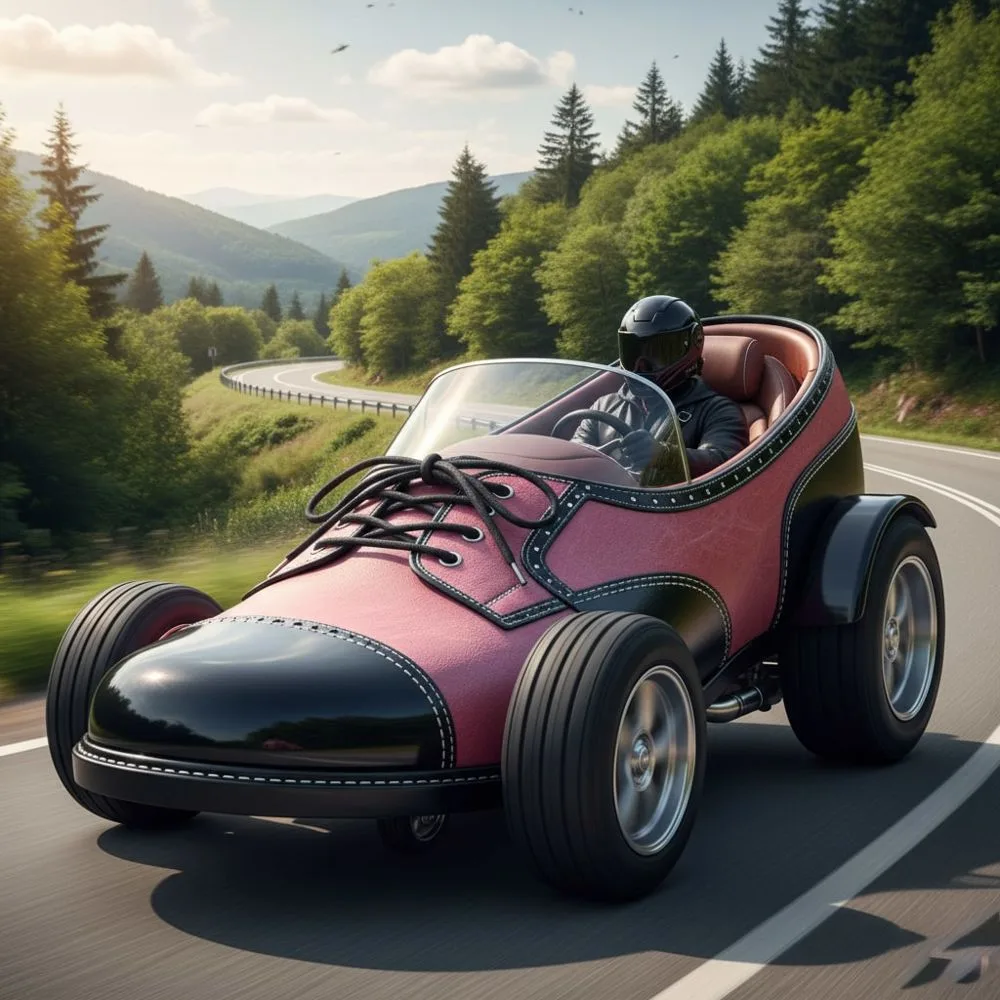
Beyond their marketing and promotional functions, shoe shaped cars have developed significant cultural importance as symbols of creativity, individualism, and automotive artistry. These vehicles represent a rejection of conventional design constraints and celebrate the intersection of everyday objects with sophisticated engineering.
Automotive Art and Expression
Many shoe shaped cars transcend their original commercial purposes to become recognized works of automotive art. Museums, galleries, and private collectors appreciate these vehicles as examples of creative problem solving, innovative design, and cultural commentary on consumer society.
The artistic value of shoe shaped cars lies in their ability to transform familiar objects into functional sculptures that challenge perceptions about automotive design and the relationship between form and function.
Community and Cultural Connections
Shoe shaped cars often develop strong connections with local communities, becoming beloved landmarks, tourist attractions, and symbols of regional identity. These vehicles participate in parades, festivals, and community events, fostering social connections and shared experiences that extend beyond their original commercial intentions.
The community impact of shoe shaped cars demonstrates their ability to serve as cultural ambassadors that bring people together through shared wonder and appreciation for creative automotive design.
Technical Specifications and Design Considerations
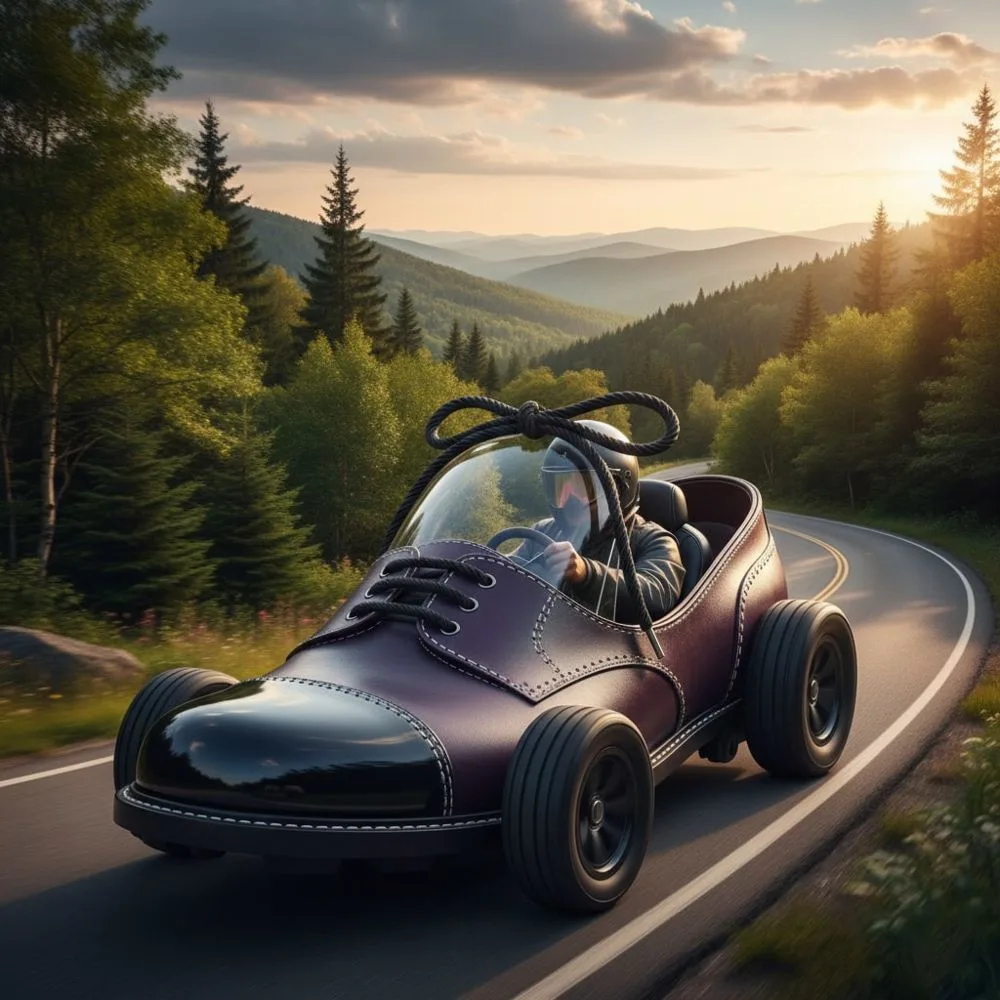
Chassis and Frame Construction
Most shoe shaped cars are built on modified existing automotive platforms that provide proven mechanical reliability while accommodating unique body shapes. Common donor platforms include pickup truck chassis, van frames, and custom tube frame constructions that offer flexibility in design implementation.
The chassis selection process considers factors such as wheelbase requirements, weight distribution, engine placement, and suspension compatibility with the intended shoe design. Engineers often modify suspension pickup points, steering geometry, and drivetrain positioning to optimize performance within the constraints of the shoe shaped body.
Power and Drivetrain Options
Shoe shaped cars typically utilize conventional automotive powertrains adapted to fit within the unique body configurations. Engine selection depends on factors such as available space, weight distribution requirements, and intended use patterns.
Many shoe shaped cars feature small to medium displacement engines that provide adequate performance while maintaining reasonable fuel economy and emissions compliance. Electric powertrains are becoming increasingly popular for shoe shaped cars used in urban environments and promotional applications where quiet operation and zero local emissions are advantageous.
Custom Body Fabrication Techniques
Creating authentic looking shoe shaped car bodies requires specialized fabrication techniques and materials. Skilled craftspeople often combine traditional metalworking methods with modern composite construction to achieve the necessary detail and durability.
Fiberglass, carbon fiber, and advanced polymer materials are commonly used for complex curved sections and decorative elements that would be difficult or expensive to create using traditional metal forming techniques. These materials also offer weight savings and design flexibility that enhance overall vehicle performance.
The Future of Shoe Shaped Cars in Automotive Design
As automotive technology continues to evolve, shoe shaped cars are adapting to incorporate new innovations while maintaining their distinctive appeal and marketing effectiveness.
Electric and Autonomous Technology Integration
The shift toward electric vehicles presents new opportunities for shoe shaped car design, as electric powertrains offer greater packaging flexibility and reduced maintenance requirements compared to conventional internal combustion engines. The quiet operation of electric motors also enhances the promotional effectiveness of these vehicles in urban environments and indoor events.
Autonomous driving technology may eventually enable shoe shaped cars to operate as unmanned promotional tools, allowing them to navigate predetermined routes and interact with audiences without requiring human drivers.
Sustainable Design Approaches
Modern shoe shaped cars increasingly incorporate sustainable materials and manufacturing processes that reflect growing environmental awareness among consumers and brands. Recycled materials, bio based composites, and energy efficient production methods are becoming standard considerations in the design and construction of these unique vehicles.
Sustainability initiatives extend to the operational aspects of shoe shaped cars, with many organizations choosing electric powertrains, renewable energy charging systems, and carbon offset programs to minimize environmental impact.
Advanced Interactive Features
Contemporary shoe shaped cars integrate sophisticated interactive technologies including augmented reality displays, mobile app connectivity, and immersive brand experiences that engage audiences in new and exciting ways. These technological enhancements transform shoe shaped cars from static displays into dynamic platforms for digital brand storytelling.
Interactive features may include touch screen displays, motion sensors, sound systems, and connectivity options that allow audiences to share experiences and engage with brand content through their personal devices.
Collecting and Preserving Automotive History
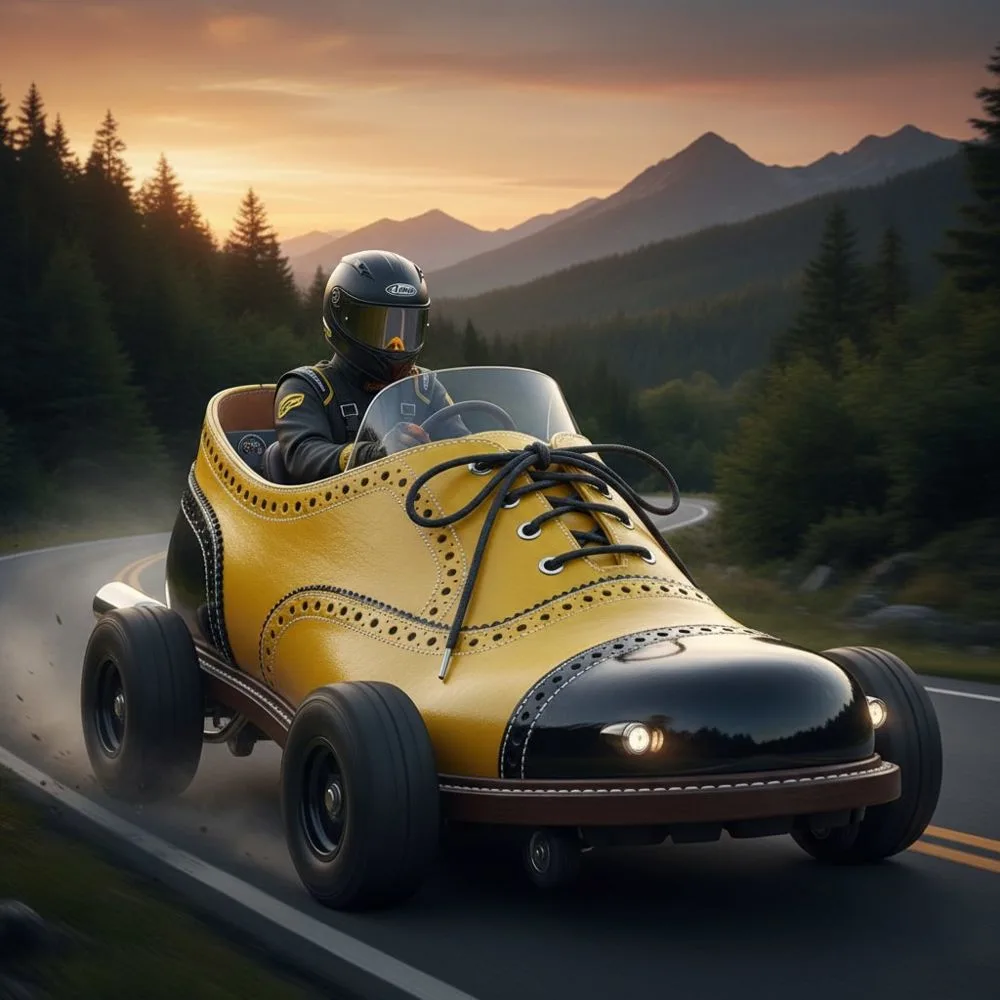
The unique nature of shoe shaped cars has created a specialized collecting community dedicated to preserving these remarkable vehicles for future generations. Collectors, museums, and automotive historians recognize the cultural and historical significance of these creative automotive expressions.
Museum Collections and Exhibitions
Several automotive museums maintain collections of shoe shaped cars that showcase the evolution of novelty vehicle design and the intersection of marketing and automotive artistry. These exhibitions educate visitors about the creative processes, technical challenges, and cultural impact of unconventional automotive design.
Museum professionals work to document the provenance, construction techniques, and historical context of shoe shaped cars, ensuring that future researchers and enthusiasts have access to comprehensive information about these unique vehicles.
Restoration and Preservation Challenges
Preserving shoe shaped cars presents unique challenges related to custom fabrication techniques, specialized materials, and documentation of original construction methods. Restoration specialists must often reverse engineer construction techniques and source unusual materials to maintain authenticity.
The preservation community has developed specialized knowledge and techniques for maintaining shoe shaped cars, including documentation protocols, materials analysis methods, and conservation strategies that ensure these vehicles remain accessible for future study and appreciation.
Stepping Into Tomorrow: The Enduring Legacy of Shoe Shaped Cars
Shoe shaped cars represent far more than quirky automotive novelties or simple marketing gimmicks. These remarkable vehicles embody the boundless creativity and innovative spirit that drives both automotive design and human imagination. From their humble origins as promotional tools to their current status as beloved cultural icons and sophisticated marketing platforms, shoe shaped cars have proven that functionality and whimsy can coexist beautifully on four wheels.
As we look toward the future of transportation, with its emphasis on electric powertrains, autonomous systems, and sustainable design, shoe shaped cars continue to evolve and adapt while maintaining their essential charm and effectiveness. They serve as rolling reminders that automotive design need not be constrained by convention and that the most memorable vehicles often emerge from the boldest creative visions.
Whether serving as mobile advertisements, artistic expressions, or community landmarks, shoe shaped cars will undoubtedly continue to capture imaginations and turn heads for generations to come. Their enduring appeal lies not just in their unusual appearance, but in their ability to bring joy, wonder, and a sense of playfulness to our everyday encounters with automotive design. In a world increasingly focused on efficiency and standardization, these magnificent automotive anomalies remind us that sometimes the most impactful designs are those that dare to be different.

